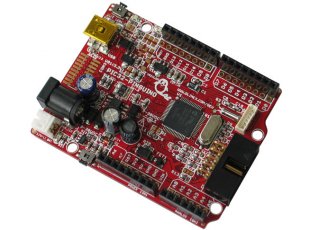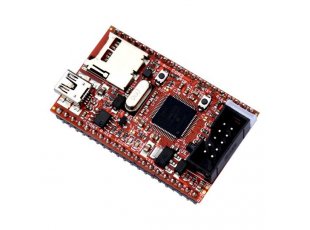PG1995
Active Member
Hi,
I have an experience programming PIC18 in C using CCS Compiler. I wanted to learn how to program uC32 Arduino compatible PIC32 based development board. I can either use MPLAB IDE or MPIDE as compiler for uC32. I have no experience at all with either of these IDE's. Could you please guide me? Thank you.
I have an experience programming PIC18 in C using CCS Compiler. I wanted to learn how to program uC32 Arduino compatible PIC32 based development board. I can either use MPLAB IDE or MPIDE as compiler for uC32. I have no experience at all with either of these IDE's. Could you please guide me? Thank you.



